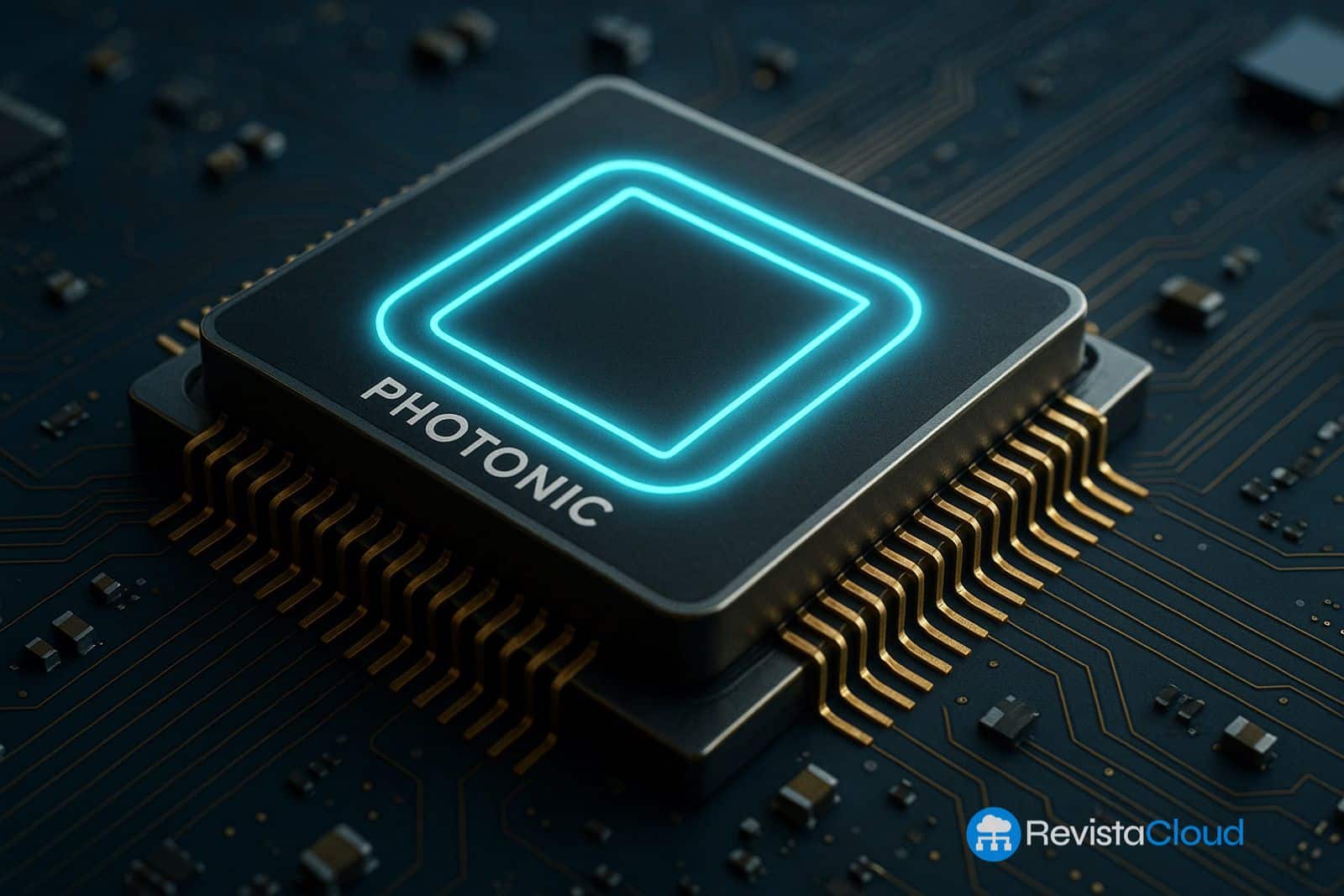A new proposal that aims to replace ABF substrates with advanced PCBs is sparking debate within the tech industry.
The rise of advanced semiconductor packaging has brought notable innovations like CoWoS (Chip-on-Wafer-on-Substrate), widely adopted by giants like TSMC for high-performance applications. However, recent information published by Wallstreetcn has shaken the sector by revealing a new technology under development called CoWoP (Chip-on-Wafer-on-PCB), which promises to completely eliminate the use of ABF substrates and revolutionize board design.
According to Wallstreetcn, CoWoP would allow chips to be mounted directly onto PCB motherboards using mSAP (Modified Semi-Additive Process) manufacturing techniques, reducing costs and complexity. However, this information has been met with skepticism by PCB manufacturers, and experts cited by Infotimes believe the industry is not yet ready to adopt this innovation on a large scale.
What is CoWoP?
Unlike traditional CoWoS, where the chip is mounted on a silicon interposer and an ABF substrate, CoWoP proposes removing this latter step. The technology is based on two main phases:
1. Chip-interposer connection with microbumps: The chip is integrated onto a silicon interposer via high-density microcontacts.
2. Direct mounting on PCB: The chip + interposer structure is mounted directly onto a high-density PCB, bypassing the ABF substrate.
The goal is for the PCB itself to act as a functional support, taking on key tasks such as signal redistribution and power supply, thanks to RDL (Redistribution Layers) fabricated with HDI, mSAP, or SAP technologies. This redesign could lower material costs, speed up production, and simplify the supply chain.
A Tempting Promise, But Still Distant
Wallstreetcn states that this all-in-one solution would cut costs by eliminating expensive materials like BT/ABF substrates and BGA bumps. It would also facilitate scalability for certain mid-range AI or HPC applications by leveraging large PCB sizes.
However, PCB manufacturers consulted by Infotimes express doubts about its short-term viability. Although the concept is appealing, transferring substrate functions to the PCB requires extremely precise line routing—reducing current tolerances from 20/35μm to less than 10/10μm—a significant technical challenge. Only a handful of advanced PCB manufacturers could currently address this successfully.
“The promised savings do not disappear; they just shift to new technological demands,” Infotimes notes. “Costs are reduced in substrates but increase in the design and manufacturing of more complex PCBs.”
NVIDIA and Rubin Ultra: Will They Adopt CoWoP?
Within this context, some analysts had speculated that NVIDIA might adopt CoWoP for its next-generation AI GPU, called Rubin Ultra. However, several U.S. investment firms have ruled out this possibility.
The primary reason is that Rubin Ultra will require an even larger, more multi-layered ABF substrate than its predecessors. To meet the thermal, electrical, and signal integrity performance demands of such a GPU, PCBs would need to reach routing precisions not yet available at a commercial scale.
In other words, CoWoP could be feasible for less demanding chips or specific applications, but it remains far from replacing CoWoS in high-end AI data centers.
An Uncertain Transition
CoWoP is one of the most ambitious bets on simplifying chip packaging in the era of heterointegration. If industrial viability is confirmed, it could lead to a complete redesign of encapsulation systems, increased production, and reduced dependency on materials like ABF, whose demand has strained the global supply chain.
Nevertheless, the PCB manufacturing industry still faces more questions than certainties. As 2026 approaches, it will be crucial to see if any major player—beyond experimental proposals—decides to adopt this approach in real production. Until then, CoWoP will continue to generate headlines… but not necessarily wafers.
Sources: trendforce and TSMC

